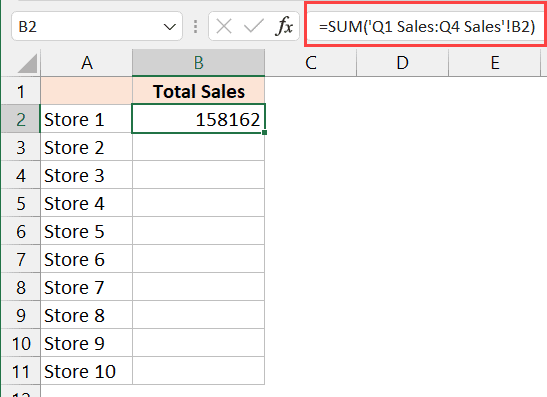5 Ways to Manage Multiple Sheets in Excel/Pages

Managing multiple sheets in Excel or Pages can dramatically enhance your productivity and data organization. Whether you're dealing with complex datasets, financial models, or project plans, mastering the art of navigating, organizing, and linking sheets can streamline your workflow. Let's explore five key techniques to manage multiple sheets efficiently:
1. Using Navigation Shortcuts

When dealing with numerous sheets, quick navigation is crucial:
- Ctrl + Page Up or Ctrl + Page Down in Excel to move to the previous or next sheet.
- On a Mac, use Option + Command + Left Arrow or Right Arrow in Pages.
- To jump to a specific sheet by its number, use Alt + E, then type the sheet number and press Enter.
2. Sheet Grouping and Selection

Grouping sheets allows you to perform operations across multiple sheets simultaneously:
- To select adjacent sheets, click the first sheet tab, hold the Shift key, and click the last sheet tab in the sequence.
- For non-adjacent sheets, hold the Ctrl key (Windows) or Command key (Mac) while selecting individual tabs.
✨ Note: Remember, actions performed while sheets are grouped affect all selected sheets!
3. Linking Data Between Sheets

Linking data across sheets makes your spreadsheets dynamic and less error-prone:
- To link data from one cell in another sheet, use the following formula: =SheetName!CellReference. For instance, =Summary!A1.
- For creating more complex links, consider using Named Ranges which you can refer to in any sheet.
| Sheet Name | Formula |
|---|---|
| Sheet1 | =Sheet1!A1 |
| Sheet2 | =Sheet2!B2 |

4. Color Coding and Naming Sheets

Organizing sheets visually and through logical naming helps:
- Use descriptive names that reflect the sheet’s content.
- Right-click on the sheet tab to change its color, which can help in quickly identifying related sheets.
5. Protecting Sheets

To prevent accidental changes:
- Lock important cells by selecting them, going to the Format menu, and choosing Lock Cell.
- Protect the sheet by selecting Review > Protect Sheet in Excel or Inspector > Document > Protect in Pages.
Your spreadsheets now have an additional layer of security against unintended edits.
Managing multiple sheets in Excel or Pages might seem overwhelming at first, but with these techniques, you can harness the full potential of these powerful tools. From navigating with ease to linking data for real-time updates, each method contributes to a smoother, more organized workflow. Remember to use these tools strategically to keep your data management both efficient and secure. By incorporating these methods into your daily Excel or Pages work, you'll not only save time but also increase accuracy and productivity.
How do I organize sheets if I have too many?

+
Consider grouping related sheets into folders or categories within your workbook. If you’re using Pages, create different Pages files for different projects or categories of sheets.
Can I automate repetitive tasks across sheets?

+
Absolutely! Excel’s VBA (Visual Basic for Applications) can help automate tasks like formatting, data entry, or even complex calculations across multiple sheets.
Is there a limit to how many sheets I can have in Excel or Pages?

+
Excel has a limit of 255 sheets in a workbook, though performance can degrade with large numbers. Pages does not officially state a limit, but system memory will dictate how many sheets you can effectively use.